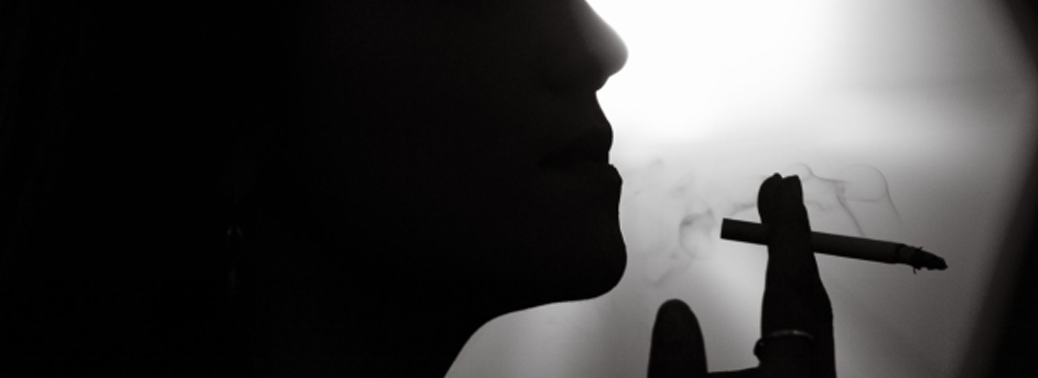GLOBAL TOBACCO EPIDEMIC- WHO REPORT
03, Jan 2020

Prelims level : International Institutions – summits, Working, Organisations
Mains level : GS-II Important International institutions, agencies and fora- their Structure, Mandate.
Context:
- The World Health Organization has recently released a report which projected a powerful shift in the global tobacco epidemic.
Key Findings of the Report:
- The Number of males using tobacco has rose from 1.050 billion in 2000 to 1.093 billion in 2018, but the report projects a decline in the number of males using tobacco.
- Global tobacco use is declined from 1.397 billion in 2000 to 1.337 billion in 2018.
- Approximately there are 43 million children, between the age 13 to 15 over the world used tobacco in 2018. The fall is largely driven by reductions in the number of females using tobacco products, with their numbers shrinking from 346 million in 2000 to 244 million in 2018, or more than 100 million users.
- By 2020, there will be 10 million fewer tobacco users compared to 2018 and another 27 million less by 2025, amounting to 1.299 billion.
- The number has stopped growing and is projected to decline by more than 1 million (or 1.091 billion) male users by 2020 and 5 million (or 1.087 billion) less by 2025, compared to 2018 levels.
Key findings with Regard to India:
- Globally, the prevalence was 33.3% in 2000, and is projected to reach 20.9% in 2025.
- The prevalence of tobacco use in India was 44% in 2000 and it is expected to reduce almost by half to 22.3% by 2025.
- The rates of tobacco smoking in India were lower than global rate. However, the tobacco use rate in 2018 for people aged 15 years and older were higher than global rates among both males and females.
Tobacco Control Provisions:
- It is the first international treaty negotiated under the auspices of the WHO.
- It was adopted by the World Health Assembly on 21 May 2003 and entered into force on 27 February 2005.It was developed in response to the globalization of the tobacco epidemic and is an evidence-based treaty that reaffirms the right of all people to the highest standard of health.
- Governments adopt and implement the tobacco control provisions of the WHO Framework Convention on Tobacco Control (WHO FCTC).
- The FCTC’s measures to combat tobacco use Include:
- Price and tax measures.
- Large, graphic warnings on tobacco packages.
- 100% smoke-free public spaces.
- A ban on tobacco marketing.
- Support for smokers who want to quit.
- Prevention of tobacco industry interference.
National Tobacco Control Programme
- The key activities undertaken under the National Tobacco Control Programme include:
- National Level Public awareness campaigns
- Monitoring, Evaluation and Research.
- Advocacy and inter-sectoral linkages
- Training and capacity building of multiple stakeholders.
- Enforcement of the Tobacco Control Act (COTPA, 2003)
- School Awareness Programmes
- Setting up and expansion of cessation services.
- Recently India made mandatory with increase in size of pictorial warning of tobacco causing cancer
Tobacco Control in India:
- The Cigarettes Act, 1975 is Largely limited to statutory warnings- ‘Cigarette Smoking is Injurious to Health’ to be displayed on cigarette packs and advertisements. However, it did not include non-cigarettes.
- The Prevention and Control of Pollution Act of 1981 has recognized smoking as an air pollutant. The Motor Vehicles Act 1988- Made smoking illegal in public vehicle.
- The Cable Television Networks Amendment Act of 2000 has prohibited the transmission of advertisements on tobacco and liquor in India. Government of India has issued regulations under the Food Safety and Standards Act 2006 which lay down that tobacco or nicotine cannot be used as ingredients in food products
- The Cigarettes and Other Tobacco Products Act (COTPA), 2003 has replaced the Cigarettes Act of 1975 the Act also included Cigars, Bidis, Cheroots, Pipe Tobacco, Hookah, Chewing Tobacco, Pan Masala, and Gutka.






